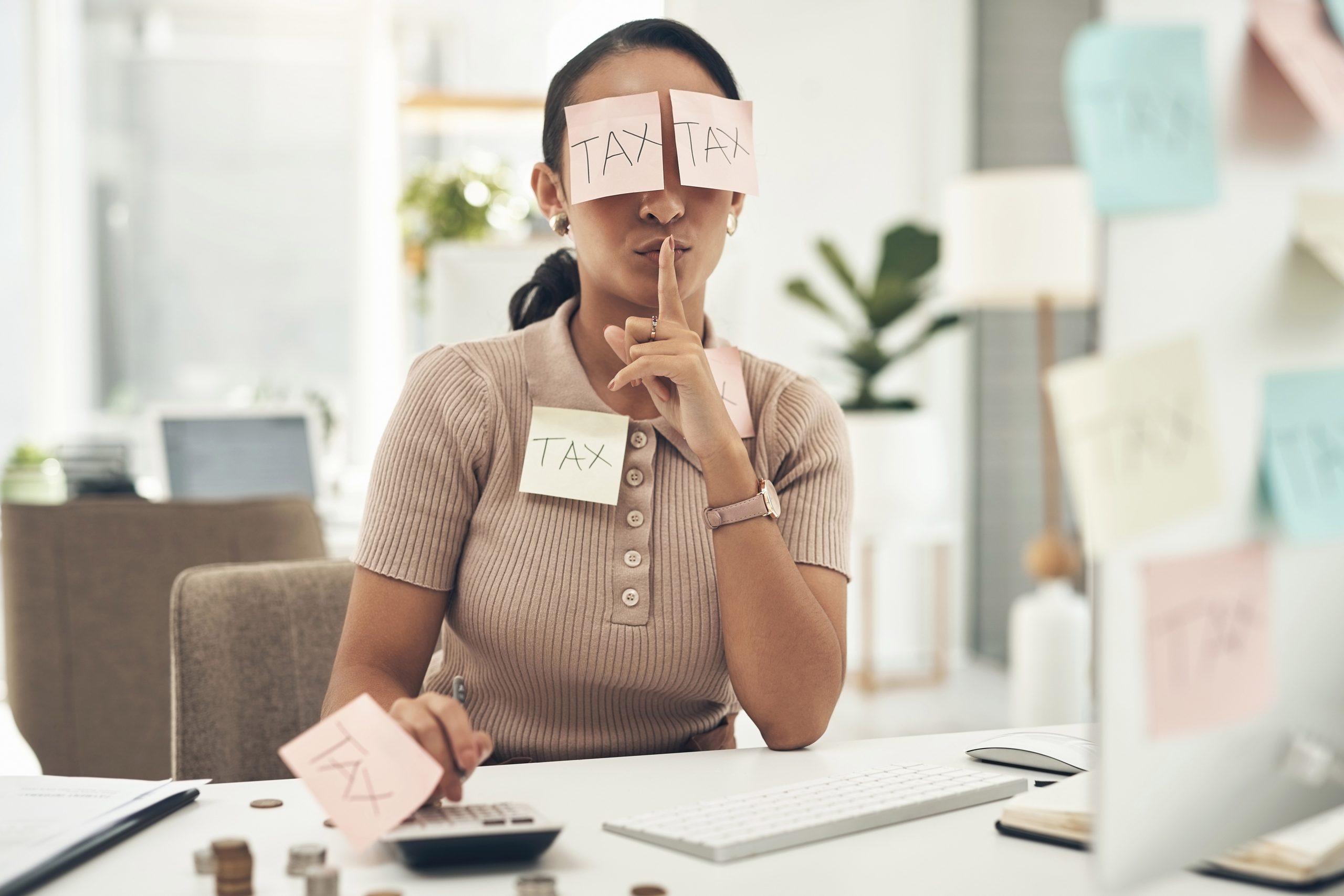
Recent Blog
Arrange a FREE Consultation Call and Let’s Discuss Your Goals!
When you look at your payslip or pension statement, one see a small string of numbers and letters. They are called your HMRC PAYE code. At first glance, it feels meaningless. But that little code quietly determines how much income tax you pay each month. If it’s wrong, you could end up with an unexpected tax bill, underpaid tax, or even overpaying.
Most people rely on their employer or pension provider to handle the PAYE system. That’s true. But you still need to understand what your tax code means, why it might change, and how to check if it’s correct. For that, a help from MMBA Accountants experts can come handy. Let’s break it down in simple terms.
Table of Contents
What is an HMRC PAYE Code?
Your PAYE code tells your employer or pension provider how much of your income should be tax free before they start deducting tax. It’s basically HMRC’s way of calculating your tax position.
Think of it as a shortcut. Instead of you filing a tax return every month, the PAYE system ensures tax is deducted at source. You only pay tax on your income above your personal allowance. For the current tax year, most people get the standard personal allowance, which is £12,570.
So, if your code is “1257L”, that’s just HMRC telling your employer that you get a tax free personal allowance of £12,570. Drop the last digit, and that’s your allowance. That’s the meaning tax code number 1257L carries.
Why Tax Codes Change
Your current tax code isn’t fixed forever. HMRC can change it if your circumstances change. Common reasons include:
- You change jobs or start with a new employer
- You start receiving pension income
- You have a company car or other benefits from employment
- You claim or stop claiming taxable state benefits
- You begin receiving your state pension
- You owe unpaid tax from the previous year
- HMRC reallocates a partner’s personal allowance (for married couples or a civil partner)
In each case, you’ll get a PAYE coding notice (sometimes just called a coding notice) explaining the update.
Example: How PAYE Tax Codes Work
Imagine you earn £30,000 a year in one job. With the standard personal allowance (£12,570), you only pay tax on £17,430. Your employer will deduct this automatically using the PAYE system.
On the basic rate (20%), you’d pay around £3,486 in tax. Your tax free pay is spread across the year, so each time you’re paid monthly or paid weekly, only the income above your allowance gets taxed.
Incase, if your current tax code is wrong. Let’s say HMRC hasn’t updated it after you started a second pension. Suddenly, you might be paying too little, leaving you with underpaid tax at the end of the year.
Checking Your Tax Code
So, how do you know if you have the correct tax code or not. The simplest way is to check your tax code in our personal tax account online. This is a secure HMRC service where you can see:
- Your current year code
- Any adjustments for untaxed income or unpaid tax
- If your tax code changed recently
- An example of how HMRC calculated it
If something looks wrong like your code shows a company car when you don’t have one, you should contact HMRC immediately. Incorrect information can leave you paying the wrong amount of tax.
Common Issues with PAYE Tax Codes
Here are some of the frequent problems people face with PAYE tax codes:
Incorrect tax code after a job change
HMRC may assume you have two jobs instead of one.
Untaxed income not factored in
It can come from savings, rental property, or other income.
Pension income not properly included
This usually happens if the person have more than one pension provider.
Unpaid tax carried over
HMRC may adjust your code to collect what you owe from a previous year.
Triggering a Code
State pension or taxable state benefits triggering a code adjustment.
Each of these can lead to paying too much or too little tax.
What Happens If You Pay Too Much or Too Little Tax?
If your PAYE code results in overpayment, HMRC usually refunds you automatically after the tax year ends. But if you’ve had underpaid tax, you may see it deducted in the current year through your code, or you’ll receive a separate tax bill.
For example, if you owed £500 in tax from last year, HMRC might deduct about £42 a month in the following year. That’s PAYE coding in action.
- Keeping Your Tax Code Right
- To stay on top of your paye coding:
- Regularly check your personal tax account
- Read any coding notice carefully
- Update HMRC when you change jobs or get a new employer
- Tell HMRC about other income such as rental profits
- Keep records of your employment, pension, and benefits
The more accurate your details, the smoother your tax position will be. For further support, consider working with a tax adviser or accountant.

Conclusion
An HMRC PAYE code may look like just a small code number on your payslip, but it plays a huge role in how much you pay tax each month. Understanding it helps you avoid surprises, whether you’re in employment, receiving pension income, or managing other income streams.
Most people won’t need to worry because the system works well for one job or a single pension. But if you have multiple jobs, several pensions, or different allowances, it’s vital to keep an eye on it.
Don’t let an incorrect tax code leave you with an unexpected bill. Always check your tax code, and if in doubt, contact HMRC to set things straight. A little attention today can save you from a frustrating tax bill tomorrow.
Frequently Asked Questions
How do I know if I have the correct tax code?
To know if you have the correct tax code, you can check it through your online personal tax account or payslip. If it looks wrong, contact HM Revenue to update it.
How much tax will I pay with my current code?
The amount of tax you have to pay depends on your tax code. Because it shows how much tax you’ll pay after deducting your personal allowance. The higher your income, the more tax you’ll pay above your allowance.
What is the meaning of a tax code?
The meaning of a tax code is simple. The number represents your tax-free personal allowance, while the letter shows any adjustments from HMRC.
Can my tax code change during the year?
Yes, your tax code can change during the year. However, if your circumstances or income change. HMRC will notify you with the date and reason through a PAYE coding notice.
Who decides my tax code?
HMRC decides your tax code. However, it depends on your income, benefits, and allowances. Always review updates to make sure you’re on the correct code.


